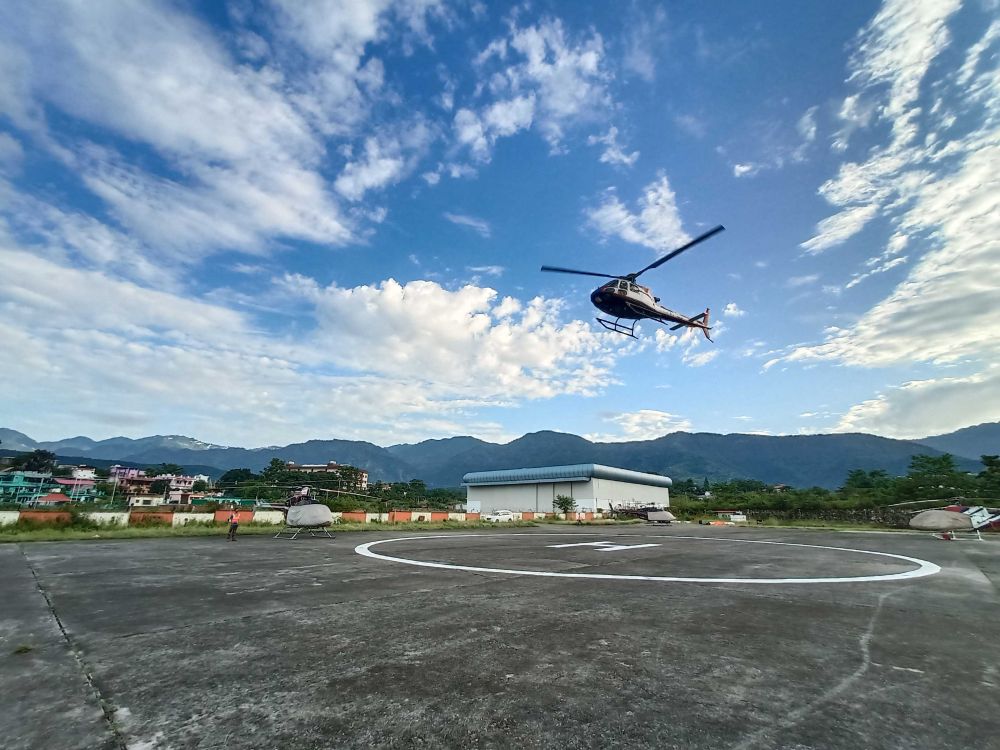

The history of tourism in the region of Hemkunt Sahib, Uttarakhand, India, is intertwined with the sacred significance of the Sikh place of worship, Hemkund Sahib Gurudwara. This high-altitude Sikh shrine is situated at an impressive 4,632 meters above sea level and is dedicated to Guru Gobind Singh Ji, the tenth Sikh Guru.
For centuries, the area around Hemkund Sahib was known only to the local residents, until it was discovered by a Sikh scholar in the early 20th century as the meditation site of Guru Gobind Singh Ji. What followed was the establishment of the Hemkund Sahib Gurudwara in the 1930s. Since its establishment, the site has become an important pilgrimage destination for Sikhs from across the world, leading to the inception of religious tourism in the region.
With the increase in pilgrims, the need for improved access to this remote location became apparent. The arduous trek to Hemkund Sahib was initially the only way for pilgrims to reach the shrine. Realizing the difficulties faced by the devotees, the development of the Hemkund Sahib Helipad became crucial for facilitating easier access, especially for the elderly and physically challenged pilgrims.
The installation of the Hemkund Sahib Helipad was a significant milestone in the history of tourism for the area, greatly increasing the number of visitors who could travel to the gurudwara. This helipad serves as a vital component in the region's infrastructure, allowing for a short helicopter ride from Govindghat, thus bypassing the arduous trek and making it possible for many more pilgrims to partake in the spiritual journey.
With advancements in technology and the increase in demand for comfort and convenience, the Hemkund Sahib Helipad represents the latest trend in pilgrimage tourism—combining spiritual journeys with modern amenities. This trend has led to the rise in helicopter services in other remote pilgrimage areas as well.
The use of helicopter services for pilgrimage is part of a broader trend towards experiential and accessible travel. Today's visitors not only seek spiritual fulfillment at the gurudwara but also wish to immerse themselves in the stunning natural beauty of the region, including the adjacent Valley of Flowers National Park, another popular tourist destination with rich biodiversity and breathtaking landscapes.
The future of tourism in Hemkund Sahib sees a shift towards sustainable practices. The challenge now is to balance the ecological sensitivity of the region with the growing demands of tourism. Efforts are being made to minimize the environmental impact of the increased footfall through careful management of the natural resources and infrastructure development that respects the sanctity and preservation of this pristine Himalayan region.
The Hemkund Sahib Helipad is more than just a means of transportation; it serves as a symbol of the evolving nature of pilgrimage and tourism. It represents the harmonious blend of tradition and modernity, making the sacred shrine of Hemkund Sahib accessible to all who seek its solace. As tourism in the region continues to evolve, the focus remains on providing a respectful and sustainable approach to welcoming the myriad of pilgrims and tourists that visit each year.